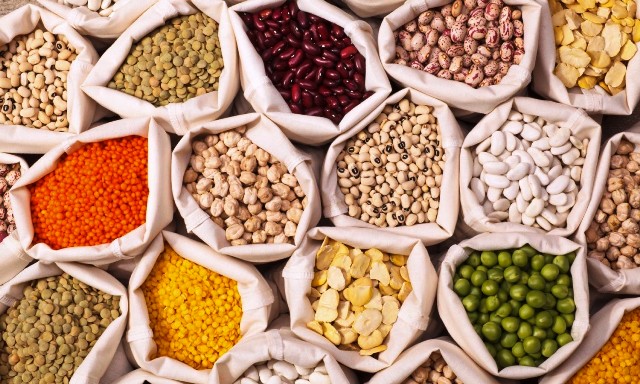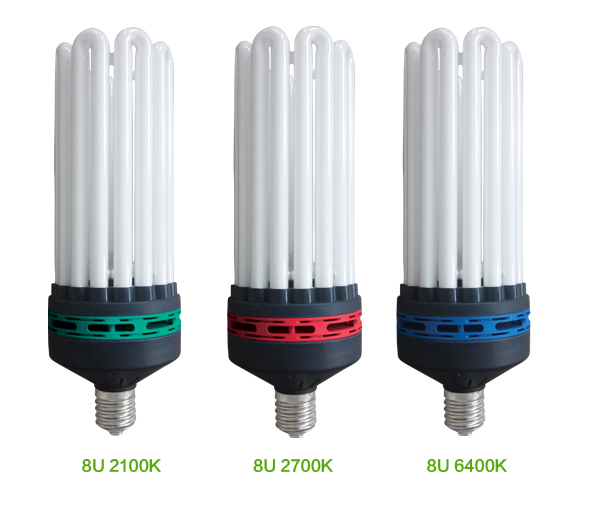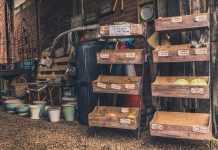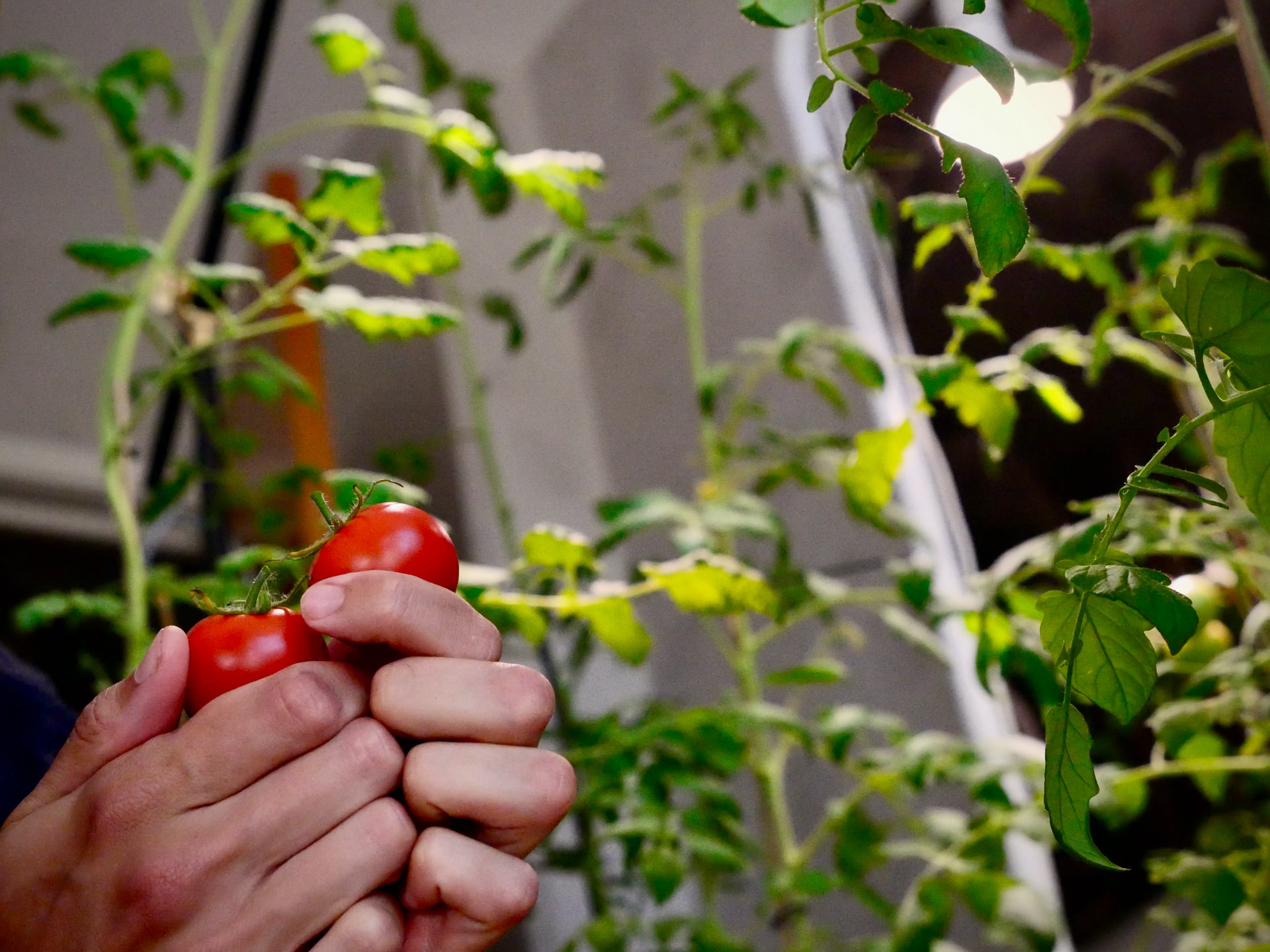
How long do seeds last after they’ve been stored? That’s a question many gardeners wonder the minute they discover last year’s envelopes peeking out from the bottom of their gardening supply drawer. After all, seeds that were stored in the pyramids over 4,000 years ago have sprouted, right? Unfortunately, no. The story of the 4,000-year-old seed germinating is a myth. However, scientists have germinated a date palm seed from the 1st century. Surely, all those extra seeds left over from last year should still be good, right?
It seems like every year when seeds go on sale in late winter, we stock up on one or more of every type of vegetable or flower. Waiting through winter’s cold stirs up a longing for fresh, growing things and we easily get carried away. The problem is that some of these packets contain 50 to 100 seeds. Most gardeners don’t have room for 50 tomato plants or enough hungry family members to eat up that many tomatoes. So, how do seeds last, then?
How Long Do Seeds Last: Lifespan of Common Seeds
Most commercial seed companies print an expiration date on their seed packets. What this date means is that’s when stores should remove them from the shelves. Seed companies can’t guarantee that old seeds will germinate. So, the expiration date protects them somewhat from accusations of selling dud seeds.
The fact is, the expiration date on the package protects the gardener as well as the seed supplier. Nothing seems more frustrating than spending days preparing your garden beds for spring only to have a small percentage of the seeds sprout and take hold. It wastes your time and your hard work since now you’ll have to start all over waiting for germination with a new packet of seeds.
Seed viability
The length of your seed’s viability, however, depends on a number of factors. The first factor is what kind of seeds are you using. The second factor is how have they been stored. One reason that palm date seed sprouted was because the scientists found it at Masada, Israel, near the Dead Sea, one the driest regions on the planet. Seeds stay viable longer when kept at low humidity levels.
Temperature can be a factor, as well. Cold temperatures can preserve seeds for longer periods. Cold, dark, and dry conditions will help preserve your seeds the longest.
How long do seeds last: Vegetables
The type of plant may determine how long seeds last. If you store them properly, many will still germinate years after their first use-by-date. Below we have listed some common seeds and the kind of longevity you can expect.
|
Five-year seeds |
If stored properly, you should be able to germinate the following plant seeds up to five years: |
|
|
Four-year seeds |
Try these varieties up to four years after purchasing and storing: |
|
|
Three-year seeds |
Under the right storage conditions, you can use the following seeds up to three years after first purchase: |
|
|
Two-year seeds |
Many garden vegetables produce seeds that are viable up to two years. They include: |
|
How long do seeds last: herbs
Your basil seeds will last the longest — up to five years in ideal conditions. Oregano and sage seeds also have a long shelf life, up to four years. Fennel seeds may germinate up to three years after storage. Cilantro, parsley, and chives seeds are only good for about two years.
How long do seeds last: flowers
Unfortunately, most flower seeds have the shortest lifespan of all, with annual seeds only remaining viable for the following year and maybe the one after that. You can store most perennial flower seeds for two to four years.
What Is a CFL Grow Light?
Compact fluorescent lamps (CFL), is an inexpensive source of light for nurturing plants indoors. If you don’t have a lot of room for indoor gardening, they can provide the best results for very little money. While incandescent grow bulbs make an excellent light source, they use a lot of electricity and generate a lot of heat. That’s not the best choice for gardening in your home.
A CFL grow light will put off less heat and use less electricity. However, you need to be sure to use the right type of CFL when growing indoors. In some cases, a CFL grow light is not your best choice. In others, you’ll need to change the lamp you’re using to induce blooms and fruiting.
Proper Storage Conditions for Seeds
You don’t need to build a pyramid in your backyard to save your old seeds. Whether you’re storing leftover commercial seeds or harvesting the ones produced in your garden, take the following steps to store them.
First, ensure the seeds are completely dry before storage. If you’ve harvested seeds from flowers or vegetable plants, allow them to dry slowly after removing all the other plant matter and pulp. Then you will need to place seeds inside a paper envelope with the type of seed and the date of storage clearly marked. The paper will help absorb any remaining moisture. You can also add a desiccant to the container to keep moisture below 10 percent.
Finally, store envelope seeds in an air-tight container. They’ll last longer if you can place the container in a refrigerator or some other location where the temperature stays below 40 degrees Fahrenheit. Depending on where you live, this could be an outdoor shed or a basement.
How long do seeds last: saving your own garden seeds
Like saving yard waste for making your own composted fertilizer, saving seeds from your harvest will save you money. However, in order for this thrifty habit to pay off, you should know what kind of seeds you can save.
Hybridized seeds
Hybridized seeds often fail to grow true to form, so their seeds may not be worth your time and effort. You’ll often find these plants at your local garden centers as seedlings. Any hybridized seeds you buy should be clearly marked, too. A hybrid plant grows from the seeds that resulted from pollination between two different varieties of the same plant. The next generation of seeds may run true to one plant or the other or some weird combination of both. So, the results with hybridized seeds are unreliable.
Open-pollinated seeds
With open-pollinated plants, you’ll get fruits and vegetables with seeds that grow true to the parent plant. You’ll find this information on the original seed packet, often abbreviated to “OP.” Even when the original plant was the result of a hybrid, the cultivar has stabilized through many generations so it grows and seeds true to the parent plant.
Heirloom and self-pollinating plants
These are the best seeds to save and the ones that will grow truest to form when germinated. Harvest the seeds once they have dried out on the plant. The seed pods will turn brown and start to open. Many seeds might drop while you’re not paying attention and then try to seed themselves. You can put small paper bags over the seed pods to catch them before they hit the ground.
Saving tomato seeds
Tomatoes are the problem children of many gardeners. They’re picky about watering, fertilizer ratios, and heat. With all the fuss they take to grow and considering that people once thought them poisonous, it’s a wonder we bother with them at all.
Saving tomato seeds is unlike saving seeds from other fruits and vegetables. The gelatinous substance surrounding the seeds in the fruit contains growth inhibitors to keep the seeds from sprouting until the tomato decays. In nature, tomatoes drop fruit onto the ground, where they ferment. The fermenting process finally allows the tomato seeds to sprout. To save tomato seeds, follow the steps below:
- Use the best tomato from the harvest to collect seeds.
- Scoop out the seeds from the cells of the fruit into a clear jar.
- Add up to a cup of water to the jar to dilute the pulp, then cover with a cheesecloth or paper towel.
- Set the jar in a warm place and give it two to four days to ferment without disturbing them.
- Once a layer of mold has grown on the top, and the seeds have sunk to the bottom of the liquid, you can remove them.
- Remove the mold and drain off the pulp and any floating seeds.
- Extract the remaining seeds that have sunk to the bottom.
- Rinse them under running water in a strainer to remove all the pulp.
- Lay the seeds out on a plate to dry. Give them a warm, dry place, and move them around a bit every day to keep them from sticking and clumping.
- Once the tomato seeds are completely dry, you can store them in an air-tight container in a cool, dry location with your other seeds.
How Long Do Seeds Last: Testing Germination Rate
When you are staring at your seeds and wondering,”how long do seeds last?” remember there are things you can do. As time passes, even the most carefully stored seeds will fail to germinate. The percentage of seeds that remain viable becomes smaller with every season. In order to check your seeds, you can test their viability before wasting your time or effort before sowing them in your garden. To test your seeds, follow the steps below:
- Choose 10 of your saved seeds and lay them out in a row across damp paper towels.
- Roll the towels up carefully so that the seeds don’t touch each other.
- Put the rolled up paper towel into a plastic storage bag or wrap in cellophane.
- Place the bundle of seeds in a warm, well-lit location, like a window sill. However, you should avoid putting it in direct sunlight.
- Check your seed bundle after five days to see if there is any germination. Add moisture to the paper towel if necessary.
- Continue checking the seed bundle every two or three days.
- After 10 to 14 days, count how many have germinated.
This result equals the germination rate of your seeds. So, if you tested 10 seeds, and only 5 sprouted, your seeds have a 50 percent germination rate. In this case, you may want to either double up on how many seeds you sow to compensate for the low germination rate. Alternatively, you may want to purchase new seeds. Anything less than 50 percent means that news seeds are your best bet.
Testing viability before planting
Another way to test the viability of commercial seeds after the expiration date is to try this quick “float test” method. Keep in mind that you can only use this method right before you’re ready to plant them. Drop your seeds (one type at a time) into a bowl of water. Let the seeds soak overnight. After 24 hours, check the bowl. The good seeds sink to the bottom after soaking for a day. You can skim off the floaters and discard them since they won’t germinate. Then, immediately plant the seeds that sunk to the bottom of the bowl.
If you start your seeds a few weeks before the last frost to get a head start on planting, you’ll have plenty of time to test last year’s seeds this way. Plant them in starter trays or peat pellets immediately. If they still fail to germinate, you should have plenty of time to start from a fresh batch of seeds before planting time.
Poor growth from old seeds
Keep in mind that just because an old seed sent out sprouts doesn’t necessarily mean that it will produce a robust and healthy plant. Just as the germination rate decreases over storage time, a seed’s vigor decreases over time as well. Old seeds may grow up to produce spindly, weak seedlings that will never flower or set fruit. Old seeds can sometimes take longer to grow, as well, which means that just as they’ve reached maturity, the conditions have changed. The days have become shorter and cooler as winter approaches. Because of its stunted growth, an old seed may not produce a mature fruit before the first frost.
One way to ensure that you don’t use up garden space on seeds that won’t thrive is to start them indoors two months before the last frost in starter trays or peat pellets. Then, by the time the ground is warm enough, you can pick and choose which seedlings look up to the task.
How Long Do Seeds Last? It Depends
Saving your seeds is not just a thrifty habit. It can also ensure that you have a steady supply of the flower and vegetable plants that did so well in your garden before. Garden centers often change out suppliers and seed types, and it can be frustrating if you can’t find those go-to winners every spring.
Another problem is that many stores disassemble their spring garden displays as soon as school opens for the fall. This can be particularly frustrating for Zone 9 through 11 gardeners who have a second growing season ahead that lasts from late summer through December. Saving those extra seeds means a chance to produce a second harvest before temperatures dip in January.
Don’t let the expiration dates on your seed packets scare you off. Just make sure you keep your seeds in cool, dry conditions. Place them in an airtight container out of the light, and you should be able to coax another growing season out them. Then test them out for viability. Seeds aren’t expensive, but there’s no reason to waste money or restrict yourself to the variety of seeds you buy when you can save some for later.








Great post thanks